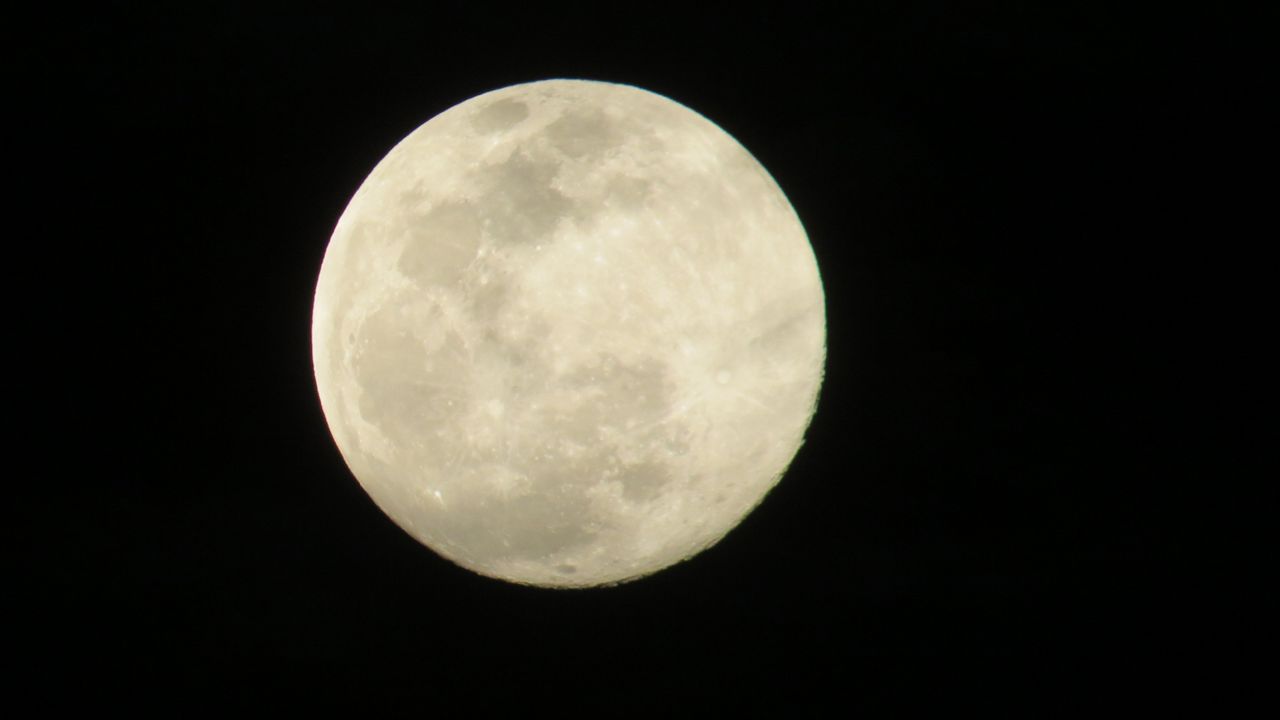February’s full moon will peak at 11:57 a.m. ET Wednesday, providing optimal viewing times Tuesday night.
This celestial event, according to the Old Farmer’s Almanac, is the Snow Moon. The name comes from various sources, including Native American Tribes, early Colonial Americans and even some Europeans.
February is typically the snowiest month of the year, so it was easy to refer to this moon as the snow moon.
In fact, some people would refer to the entire lunar month as the snow month thanks to these weather conditions.
Alternative names include links to animals, such as the Bald Eagle Moon or Eagle Moon.
Even the Ojibwe Bear Moon and Tlingit Black Bear Moon refer to a common time for bear cubs to be born. The Dakota named it the Racoon Moon, while Algonquin people named it the Groundhog Moon. The Haida used the Goose Moon.
Lastly, other moon names were equated to the food scarcity of winter, with the Cherokee naming the moons as the Month of the Bony Moon and Hungry Moon.
Remember to check out other celestial events happening this year!



